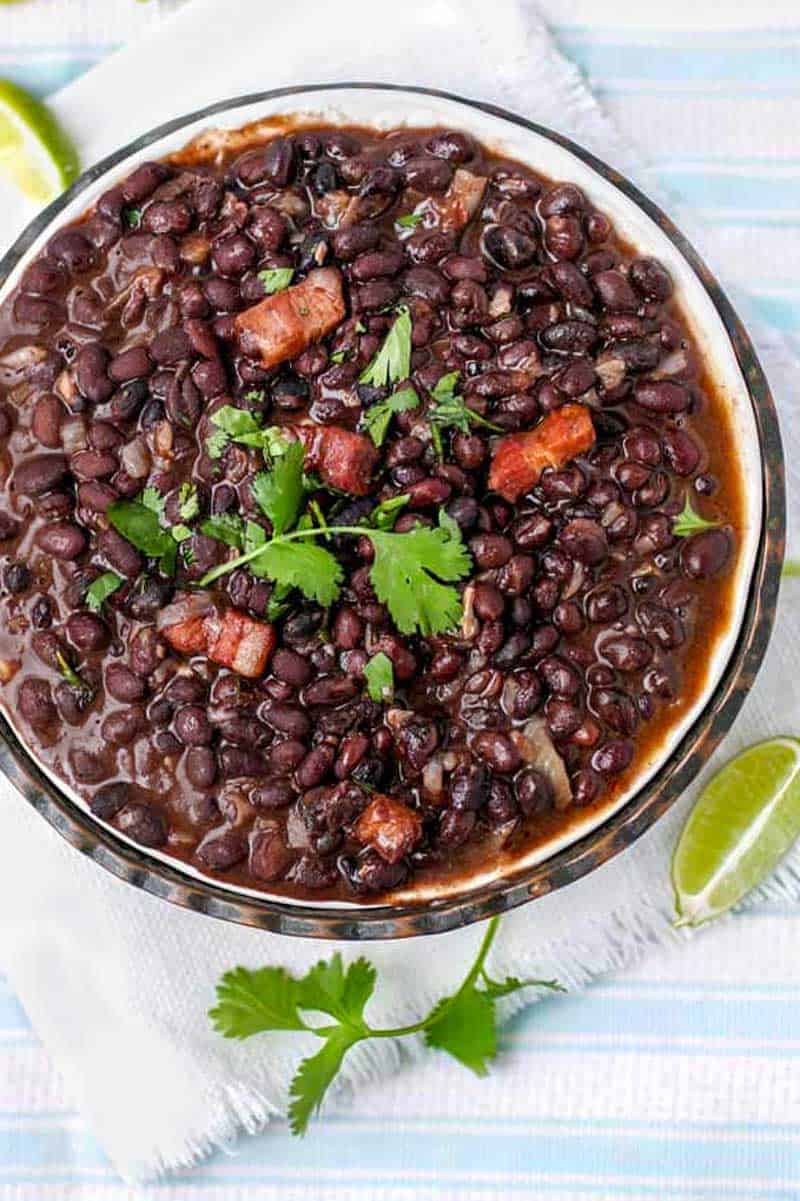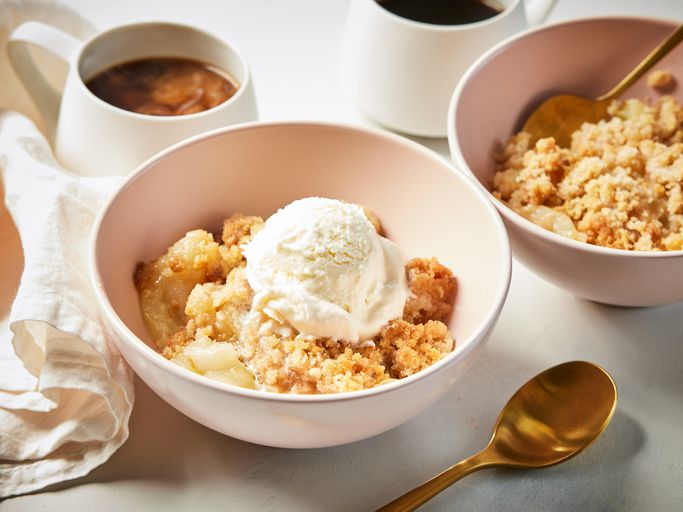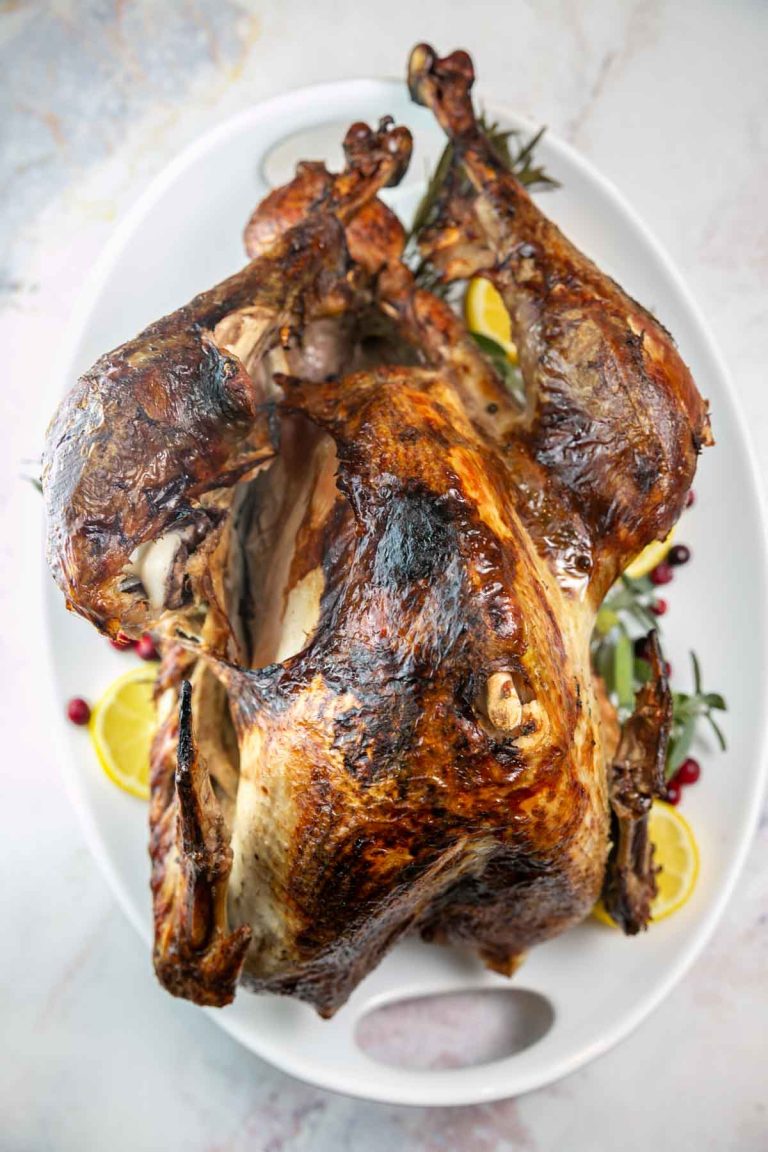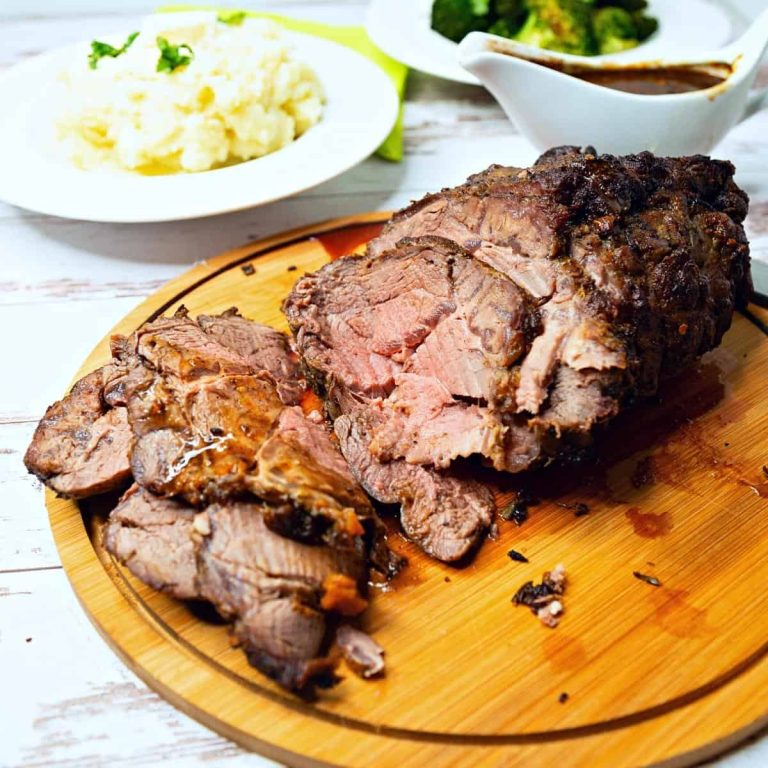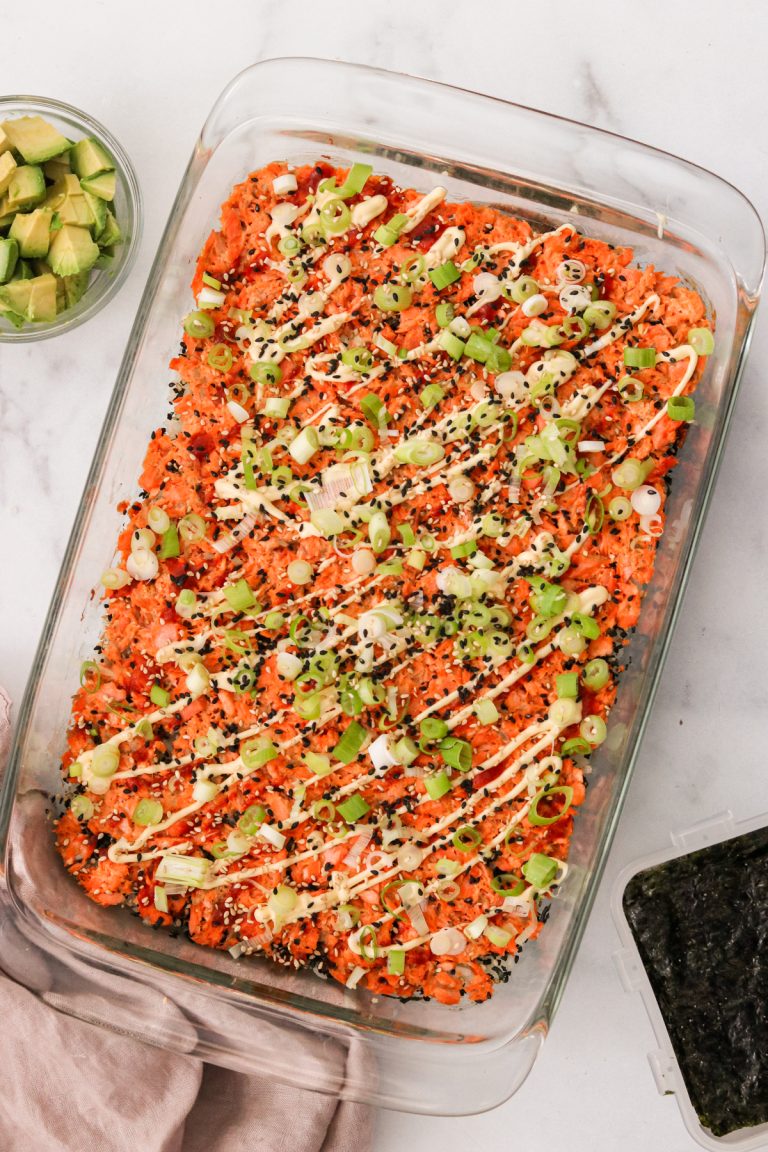Cuban Black Beans Frijoles Negros: Discover the Flavor and Health Benefits
Cuban Black Beans, known as Frijoles Negros, trace their origins to the Taíno indigenous people of Cuba. These beans gained prominence during the Spanish colonization in the 16th century. Integrated into the daily diet, they became a mainstay in Cuban households. The significance of Frijoles Negros goes beyond their nutritional value. They are a symbol of comfort and community, often served at family gatherings and celebrations. These beans hold a place in Cuban religious practices, particularly in Santería, where they are offerings to deities.
Evolution of the Recipe
Over centuries, the Frijoles Negros recipe evolved to reflect various cultural influences. Initially simple, the dish gained complexity with the introduction of new spices and cooking techniques. Spanish colonizers introduced garlic, cumin, and bay leaves, which became standard ingredients. African slaves, crucial to Cuba’s cultural fabric, enriched the recipe further by adding sofrito, a mix of sautéed onions, peppers, and tomatoes. In modern times, innovations include using pressure cookers for faster preparation and incorporating vegetarian and vegan variations to cater to diverse dietary preferences. Today, Frijoles Negros remain integral to Cuban cuisine, balancing traditional flavors with contemporary twists.
Key Ingredients of Cuban Black Beans
Black Beans: The Star of the Dish
Black beans form the cornerstone of Cuban Black Beans (Frijoles Negros). These beans, rich in protein and fiber, provide the dish’s signature texture and depth of flavor. Typically soaked overnight to soften, black beans blend seamlessly with other ingredients, creating a hearty and satisfying dish.
Spices and Seasonings
Spices and seasonings define the unique profile of Frijoles Negros. Key components include cumin, oregano, and bay leaves, all adding layers of complexity to the beans. Sofrito, a mix of onions, bell peppers, and garlic sautéed in olive oil, acts as a flavorful base. Vinegar and sugar balance the dish with subtle acidity and sweetness.
Cooking Techniques
Traditional Cooking Methods
Prepare Cuban Black Beans using traditional methods that honor cultural roots. Begin by soaking dried black beans overnight to reduce cooking time and improve texture. Cook the beans in a large pot with plenty of water, adding bay leaves for added flavor. Generously season with salt and let simmer for 1-2 hours until tender.
Sauté onions, garlic, and bell peppers to create a sofrito, the foundation of the dish. Add cumin, oregano, and bay leaves for aromatic depth. Combine the sofrito with the cooked beans, incorporating vinegar and sugar to balance the flavors. Let the mixture simmer for an additional 30 minutes to meld the tastes.
Modern Twists on the Classic Recipe
For a contemporary approach, use an Instant Pot or pressure cooker to speed up the cooking process. Skip the soaking by using canned black beans, rinsing thoroughly before use. This method saves time while retaining authenticity.
Experiment with ingredients like smoked paprika or chipotle peppers for a smoky flavor. Substitute vegetable broth for water to enhance richness. Garnish with fresh cilantro, lime juice, or avocado for a modern touch that complements the traditional flavors.
| Cooking Techniques | Traditional | Modern Twists |
|---|---|---|
| Beans | Soak overnight, cook 1-2 hours | Use canned, skip soaking |
| Base | Sofrito: onions, garlic, bell peppers | Add smoked paprika, chipotle peppers |
| Seasoning | Cumin, oregano, bay leaf | Smoked paprika, chipotle peppers |
| Extras | Vinegar, sugar | Vegetable broth, fresh cilantro, lime juice, avocado |
| Equipment | Large pot | Instant Pot or pressure cooker |
Incorporate these methods to create a dish honoring the tradition while embracing modern efficiency and taste.
Serving and Pairing Suggestions
Traditional Accompaniments
Cuban Black Beans often complement classic dishes, adding depth to each meal. Serve them with white rice, a staple of Cuban cuisine. Together, black beans and rice form a popular dish called “Arroz con Frijoles” or “Moros y Cristianos”. Fried plantains, known as “Platanos Maduros”, offer a sweet contrast. Add “Yuca con Mojo” (yucca with garlic sauce) for a starchy side dish that enhances the beans’ flavor. For protein, consider grilled or roasted pork (“Lechón Asado”) which adds rich, savory notes. Additionally, pair these beans with “Ropa Vieja”, a hearty shredded beef stew, for a traditional Cuban meal.
Contemporary Pairings
Modern variations provide new ways to enjoy Cuban Black Beans. Quinoa, a high-protein grain, offers a nutritious base. Incorporate avocado for added creaminess and healthy fats. Salsa and guacamole bring a fresh, zesty twist to the meal. Use black beans as a topping for tacos or nachos for a fusion dish. Include them in burrito bowls with ingredients like grilled chicken, corn, and pico de gallo. Lastly, black bean salads with vegetables like bell peppers, red onions, and cilantro offer a light, refreshing option ideal for warm weather conditions.
Nutritional Value
Health Benefits of Black Beans
Cuban Black Beans are packed with essential nutrients. High in dietary fiber, these beans support digestive health and help maintain healthy blood sugar levels. One cup of cooked black beans contains about 15 grams of fiber. They’re also rich in protein, providing about 15 grams per serving, which is beneficial for muscle repair and growth.
These beans are an excellent source of antioxidants, particularly anthocyanins, which can reduce inflammation and lower the risk of chronic diseases. Studies published in The Journal of Agricultural and Food Chemistry highlight their high antioxidant capacity. Additionally, black beans supply important vitamins and minerals such as folate, iron, and magnesium that support immune function and overall well-being.
Dietary Considerations
For those managing dietary restrictions or preferences, Cuban Black Beans are versatile and accommodating. They’re naturally gluten-free, making them suitable for those with celiac disease or gluten sensitivity. Because they are plant-based, they’re an ideal protein source for vegetarians and vegans.
It’s important to note the carbohydrate content, with one cup of black beans containing roughly 40 grams. This should be considered by individuals with diabetes or those monitoring their carbohydrate intake. Soaking and sprouting beans can reduce their phytic acid content, improving mineral absorption and overall digestibility.
Incorporating these beans into your diet can be straightforward. They can be used in various dishes from traditional recipes to modern palates, providing both nutritional benefits and culinary satisfaction.
Conclusion
Exploring the rich history and cultural significance of Cuban Black Beans, or Frijoles Negros, offers a deeper appreciation for this staple of Cuban cuisine. Whether you’re following traditional methods or experimenting with modern twists, these beans bring a unique flavor and nutritional boost to your meals. High in fiber, protein, and antioxidants, they’re a valuable addition to any diet. Perfect for vegetarians, vegans, and those seeking gluten-free options, Frijoles Negros can be enjoyed in various dishes, offering both health benefits and culinary delight.
